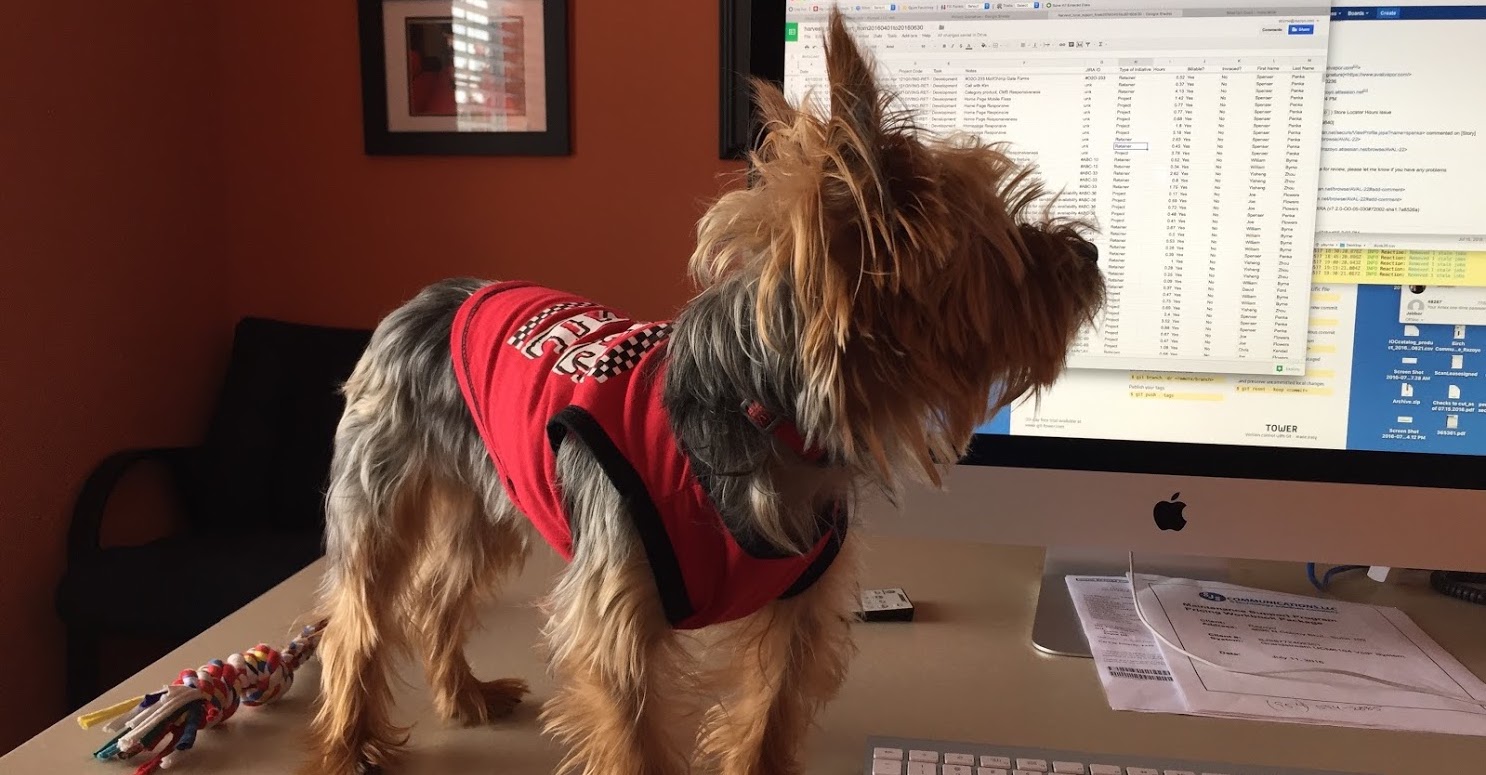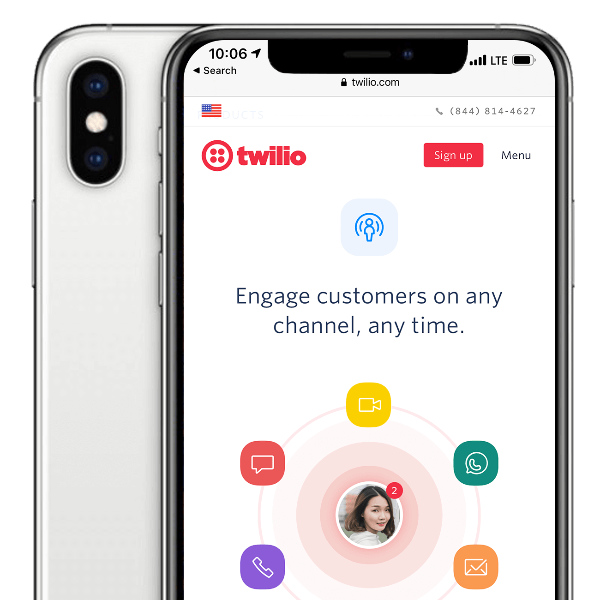
The Road to Remote
August 28, 2020 by Paul Byrne
The Decision
Running a small business in 2020 has been challenging, to say the least. But it’s also been tough for everyone. The infected and their families, healthcare workers, low-skilled workers in non-essential jobs, essential workers, parents with children in school, children too young to understand social distancing; many have clearly suffered more than I. Keeping that perspective has been one of the keys to keeping my sanity.

One day in early March an employee, who is an immigrant from China, came to me and told me she wanted to work remotely because of the Coronavirus outbreak. At that point, all hell had not broken loose and I was a little resistant. While we allowed employees to work remotely a certain number of days per year, we valued teamwork and face-to-face interactions highly.
However, I also valued her judgement and knew that she was in contact with her family overseas. That was the canary in the mine cage for me. We started discussing what was going on and a fewother team members expressed a desire to do the same. Within a week, I was alone in the office. A few weeks later under stay-at-home directives in Texas, I too was working from home.
The Office
Razoyo was on our fourth leased office. The company started in my former partner’s dining room. Over the course of growing our headquarters had been a storage unit, a booth in a Subway sandwich shop, space sub-leased from a Real Estate Agency during the last downturn, and an office suite between a vet and a dentist.

The devs did NOT like working with constant barking sounds, so we moved to an actual office building. We had a beautiful conference room, a view of the marina on Lake Lewisville, and our little monster characters on walls painted with our corporate colors. It was more expensive, but it was finally home.
The city government had purchased our building in 2019 with the goal of turning it into city hall. They were unsympathetic to my requests for rent abatement. Yet this year, as I sat alone in my office, the thought of paying all that rent while employees worked at home and project after project was put on hold, I knew something had to change.
What Held Us Back
Coming to grips with the idea that things may have changed permanently was difficult. As companies like Twitter, Google, Amazon, Slack, and others announced long-term plans for employees to work from home, the idea for Razoyo to do the same took hold.
Our team had pulled together and taken to working remotely surprisingly well. Some were clearly more productive. Others enjoyed not commuting. Even so, I knew that onboarding new employees, if business did bounce back, would be a challenge.
I wondered if productivity would keep up. I was already starting to see some lapses in communication.
Then, there would be practical challenges:
- What would we do with all of our stuff? What if we got rid of the office furniture and changed our minds?
- How would clients get in touch with us? We had an on-site PBX for our phone system that was just forwarding calls to cell phones for the time being.
- Would we have to rethink how we insure our assets because they would no longer be in our control at our location?
- What about the mail? If we moved somewhere and it didn’t work out would we get the checks that were ‘in the mail’?
- What about employees having problems with their computers? How would we provide tech support? We were used to just swapping out laptops with ones on site.
…just to name a few.
Still, there were compelling reasons to move forward. It was a net positive for most employees and for some, being closed in an office all day with other people was a health risk. Parents with children in school were going to face their own set of challenges. Knowing that a vaccine will take at least a year, if not more, to be implemented, I surmised (apparently correctly) that society would take a long time to get back to normal.
As such, employees were reluctant to commit to a time when they would be able to come back to the office. I couldn’t blame them. To complicate matters, it became clear that we needed a critical mass of employees to work in the office for a return to the status quo to make sense.
Uncovering Options
Given the uncertainty of the situation we redefined our goals. What if nobody came to the office ever? What if a miracle cure emerged and everyone wanted to come back after just a few weeks or months? We had to plan for all scenarios.

Fortunately, because our landlord wanted to free up the building, they would allow us to move out at any time, terminating the lease with no penalty. They had already moved some of the city offices across the hall. We were the last holdouts on our floor.
Office Space (not the movie)
Before the pandemic I had tentatively looked around for a new location since our lease renewal was coming in 2021. In this process I had discovered the ‘collaborative’ work space. I called my favorite commercial real estate agent and he started looking at options including collaborative work space.
We decided on the following criteria:
- We would have two individual rooms. One would be dedicated to my office since I would be there most days. The second needed two or three desks for employees who could rotate through.
- Individual offices needed to be in close proximity
- Ample additional rooms available nearby in case more people started coming in.
- A place for people to work in case more people showed up than we had desks for that day.
- Great and secure internet access.
- Good rates on conference room rental for eventual in person meetings.

I was surprised at the number of options within 15 minutes of our old offices. You’re probably familiar with brands like WeWork and Regus. I was also aware of a franchise group known as Venture X because one had recently been built in our area in a nice building.
However, we also discovered that Regus has a number of sub-brands like Spaces and there are plenty of other local and regional players. Our realtor and I hammered out a list of our needs and preferences and he narrowed the list to our top 6 options. We toured all of the locations in a single day.
We were shocked at what we saw. In some cases, we and the facility manager were the only ones in the space. One location that had been 90% occupied on March 1 was about 25% full when we toured in May. The empty offices and corridors drove home an ominous sense of the severity and impact of the pandemic.
We went home with heavy hearts. The fact that we would be able to negotiate a favorable deal was a bitter consolation.
In the end, we decided on a Spaces location. It wasn’t the closest to my home — which had been the #1 criteria for choosing other office locations — but it met all of our other criteria. In addition:
- It was cool with a start-up feel to it.
- There was ample open workspace for ad hoc meetings and collaborations.
- The internal walls were mostly glass which promoted natural light.
- My office had a large window.
- The management team was friendly and flexible.
Now the Hard Part
We negotiated a favorable deal and nailed the details by the first week in July and put our landlord on notice that we would be moving out by the end of the month.
The clock was ticking and we had a lot to do to get ready.

Explore with AI:
These links open AI platforms with pre-written prompts about this page.






